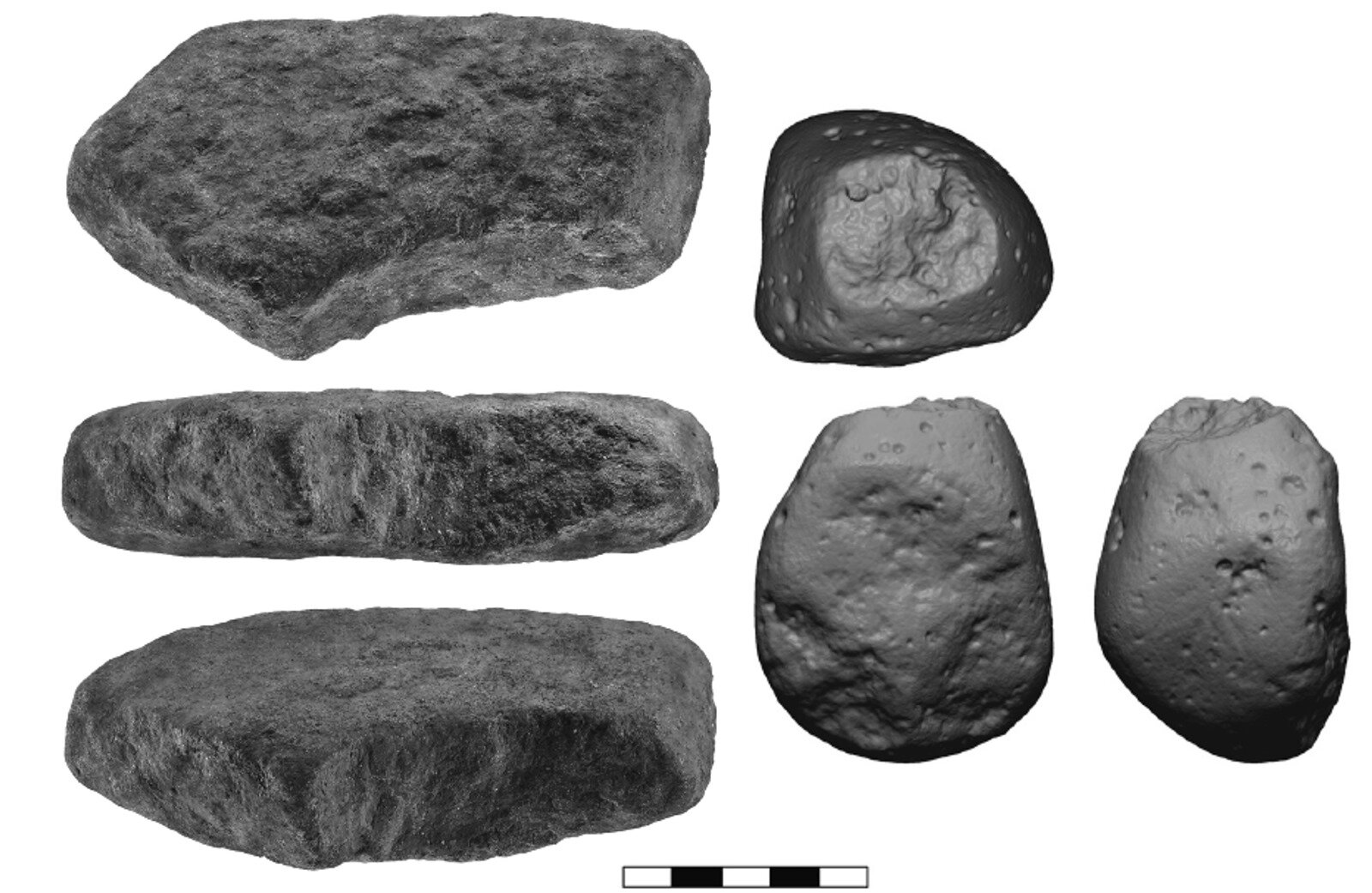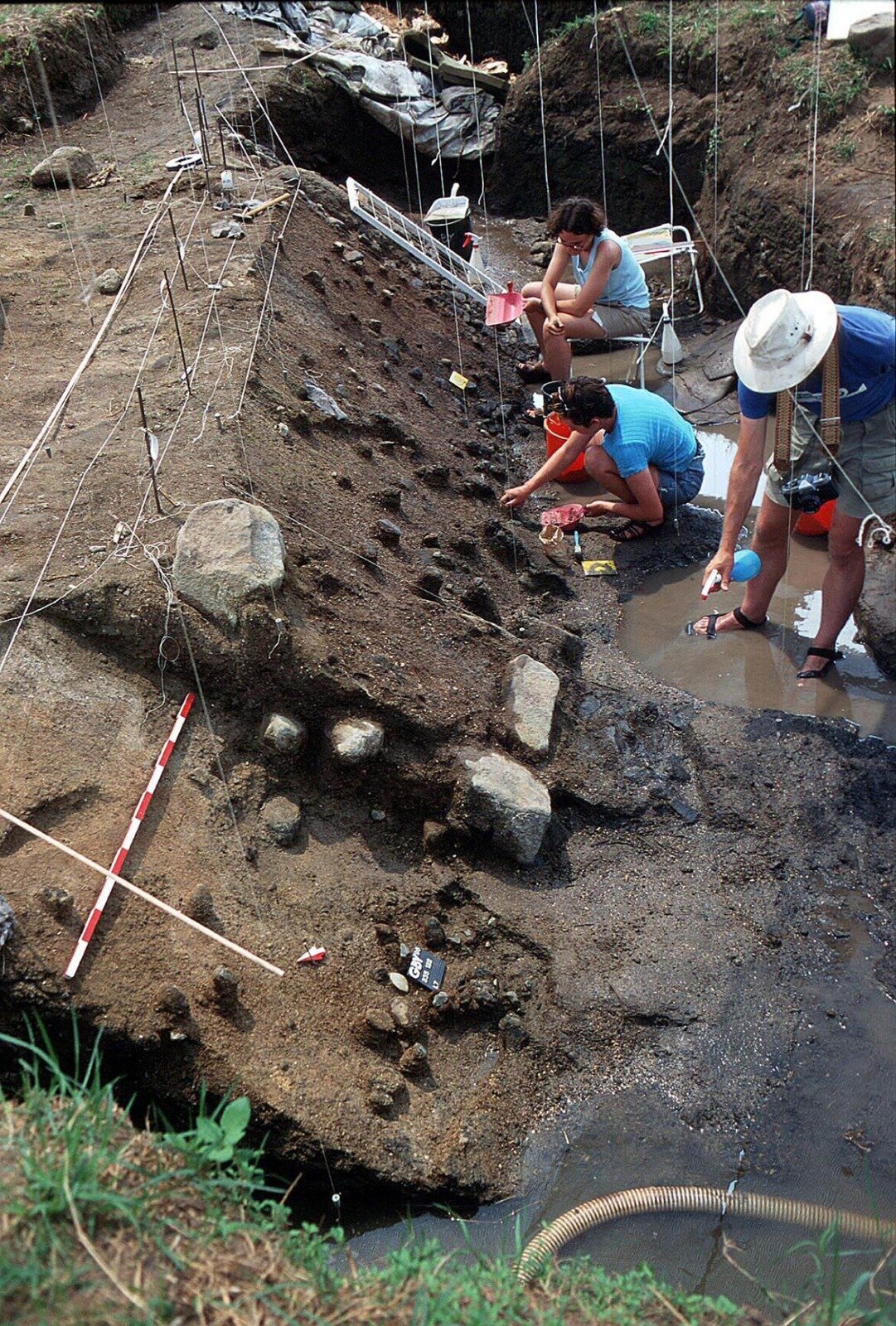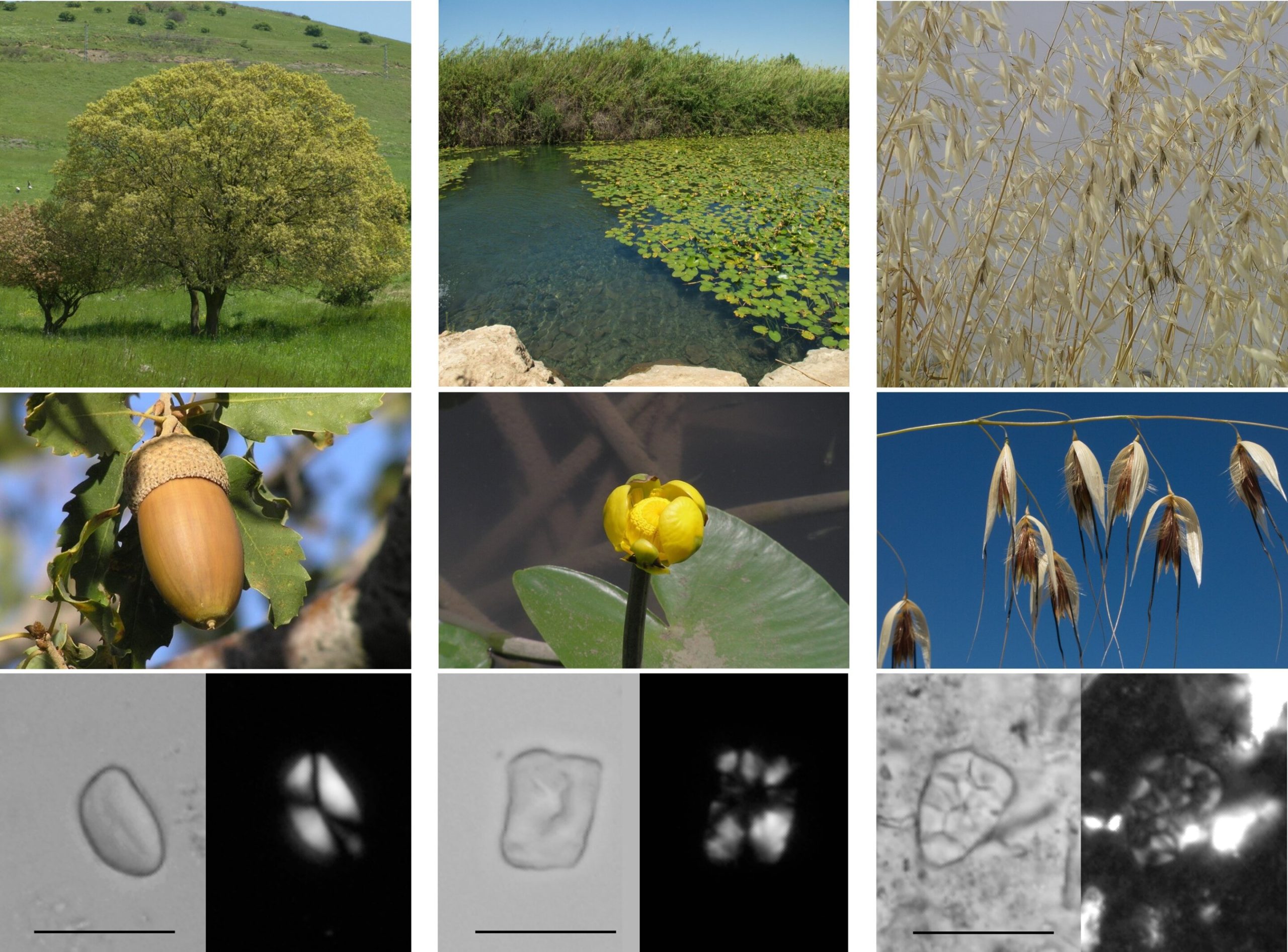‘Paleo’ diet narrative challenged
A new archaeological study 1, conducted along the Jordan River banks south of northern Israel’s Hula Valley, offers a fresh perspective on the dietary habits of early humans, challenging conventional wisdom about prehistoric diets. The research reveals that ancient hunter-gatherers relied heavily on plant foods, particularly starchy plants, as a major energy source.
The findings suggest that contrary to popular belief, the diet of early hominids was not solely focused on animal protein, but rather featured a diverse range of plant-based foods, including acorns, cereals, legumes, and aquatic plants.

This multidisciplinary study focuses on the discovery of starch grains approximately 780,000 years old, uncovered from basalt tools at an ancient settlement site near Gesher Benot Ya’akov. The site, located on the shores of the ancient Hula Lake, has provided a wealth of evidence, including over 20 layers of settlement, fossilized animal remains, and plant remnants such as seeds and fruits.
The research contradicts the prevailing narrative that ancient human diets were primarily based on animal protein, as suggested by the popular “paleo” diet. Many of these diets are based on the interpretation of animal bones found in archaeological sites, with plant-based foods rarely preserved. However, the discovery of starch grains on ancient tools provides new insight into the central role of plants, particularly starchy tubers, nuts, and roots, which are rich in carbohydrates vital for the energy demands of the human brain.

The study highlights the sophisticated methods early humans used to process plant materials. The starch grains were found on basalt maces and anvils—tools used to crack and crush plant foods. These tools, the earliest evidence of human processing of plant foods, were used to prepare a variety of plants, including acorns, cereals, legumes, and aquatic plants like the yellow water lily and now-extinct water chestnut. Researchers also identified microscopic remains such as pollen grains, rodent hair, and feathers, supporting the credibility of the starch findings.
“This discovery underscores the importance of plant foods in the evolution of our ancestors,” said Dr. Ahituv. “We now understand that early hominids gathered a wide variety of plants year-round, which they processed using tools made from basalt. This discovery opens a new chapter in the study of early human diets and their profound connection to plant-based foods.”

The findings also offer insights into the social and cognitive behaviours of early humans. The use of tools to process plants suggests a high level of cooperation and social structure, as the hominids operated as part of larger social groups. Their ability to utilize a diverse array of resources from both aquatic and terrestrial environments shows a deep knowledge of their surroundings, much like modern humans today.
The discovery marks a significant milestone in the field of prehistoric studies and provides valuable evidence about the dietary habits of our ancient ancestors, offering new perspectives on human evolution and the development of complex societies.
References
- H. Ahituv, A.G. Henry, Y. Melamed, N. Goren-Inbar, C. Bakels, L. Shumilovskikh, D. Cabanes, J.R. Stone, W.F. Rowe, N. Alperson-Afil (2025) Starch-rich plant foods 780,000 y ago: Evidence from Acheulian percussive stone tools, Proc. Natl. Acad. Sci. U.S.A. 122 (3) e2418661121, doi: 10.1073/pnas.2418661121 ↩
4 comments
This archaeological study is new, but that perspective is not fresh:
https://canal.march.es/es/coleccion/plantas-bajo-dominio-hombre-i-plantas-humanos-eden-21050
Could you please provide a link to the study this article is based on?
I do not know if the perspective is new, but in the photograph we can see a person carrying an ancient reflex camera. Maybe I’m wrong, but this seem really odd in a modern archeological site.
Thanks.
You can find it at the bottom of the page, under “References”
Thank you.